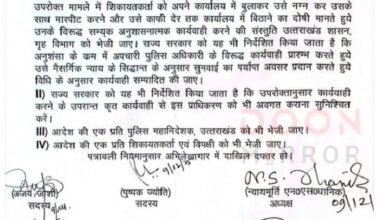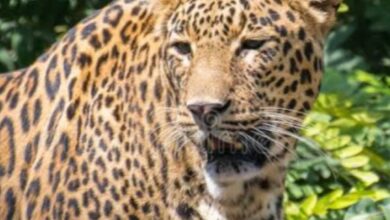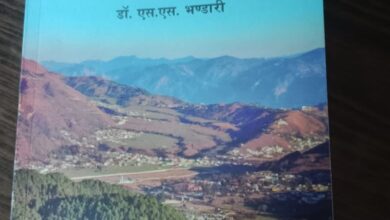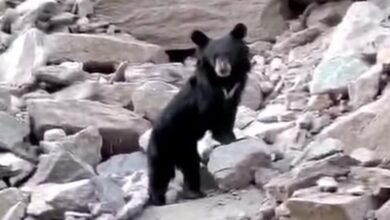Uttarayani festival of Bageshwar losing its’ old charm
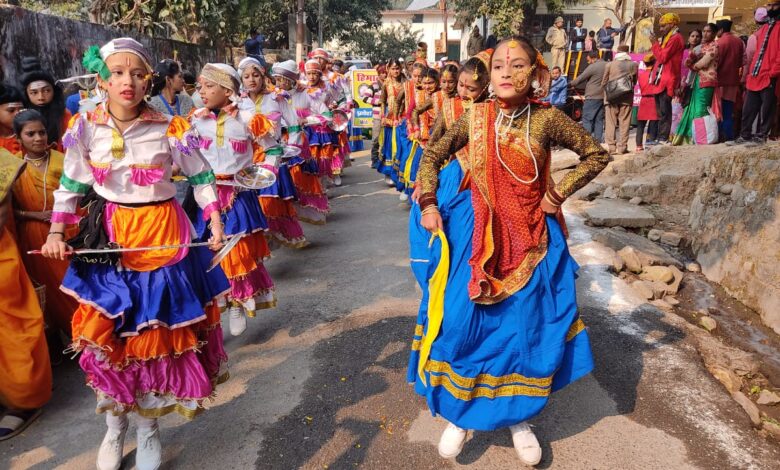
Uttarayani festival of Bageshwar losing its’ old charm
B.D. Kasniyal
Pithoragarh, Jan 14
The day of ‘Makar Sankranti’, the Hindu festival of sun’s entry into zodiac sign of Copricorn, and it’s voyage towards north resulting into end of winter dark long nights and brighter longer days ahead, also known as ‘Uttarayani’ in the state of Uttarakhand was celebrated today
This year, the ‘Uttarayani’ festival in Bageshwar, was inaugurated former Maharastra Governor Bhagat Singh Koshiyari, former Union minister and Almora MP Ajay Tamta alongw tih local ruling Bharatiya Janata Party (BJP) leaders.
“The festival, that began with showcasing of folk cultural troupes from various regions of the state in a procession, a ‘padyatra’ being held to remember 1921 movement followed by political meetings of various political parties tomorrow with ritual bathing by the devouts in sacred rivers would mark the festival,” said Ghanshyam Joshi, a journalist based in Bageshwar.
“The ‘Uttarayani’ festival of Bageshwar was once the nerve centre of cultural, folk and artistic traditions of entire Kumoan region with cultural artists and artisans showcasing their talent and products including tribals from the higher Himlayas. But over the years, the festival has lost its’ charm,” lamented Ghanshyam Joshi.
The festival better known as ‘Ghughutia Tyohar’ locally, an occasion to feed crows is considered as a festival of sun worship from ancient social customs of Uttarakhand society.”The crow is a symbol of strength and stamina compared to other birds prevalent in mainstream villages of Uttarakhand state. It is believed that it is only crow that can carry one’s offerings to sun,” said Padma Datt Pant, a cultural historian of Sour valley region of eastern Kumaon.
But the festival has special significance in Bageshwar district, where it used to be celebrated at the confluence of river Gomati and Saryu from ancient times.” As the Katyur valley of Bageshwar happens to be oldest settlement in Kumaon region, the sun worship, seems begin there from time unknown,” claimed Pant.
According to historians, after the Gandhian freedom fighters of Kumaon region, on January 14, in the year 1921, selected ‘Uttarayani’ gatherings at Bageshwar as the place to shun the burden of “Coolie Begar” (forced labour) from the shoulders of common man of the villages by the Britishers, the festival obtained a political identity.
“The act of shunning “Coolie Begar” (forced labour) and throwing it’s registers into river enmass, worked as an awakening of the common villagers of the region against British Imperialists in support of Mahatma Gandhi led freedom movement and came to the limelight of the Indian mainstream politics of the time ,” said L.L. Verma, a retired political science professor of Kumaon University.
“Since, then the banks of Saryu river of Bageshwar have remained witness to every civic movements in Kumaon region, whether it be later calls given by Mahatma Gandhi, various social movements, launching of developmental programmes by respective governments after independence or for the formation of a separate state of Uttarakhand,” said the retired professor.
“Though the sprit of 1921 still prevails in the form of political rallies, but the political awakening that was created by “Coolie Begar” agitation, could not be repeated thereafter,” confessed the Professor .


